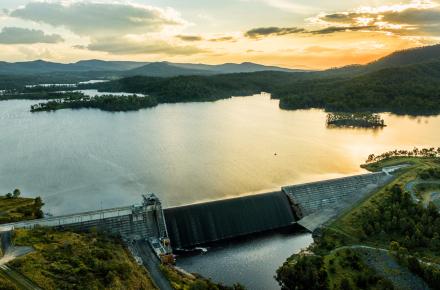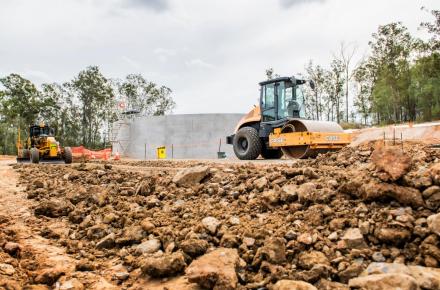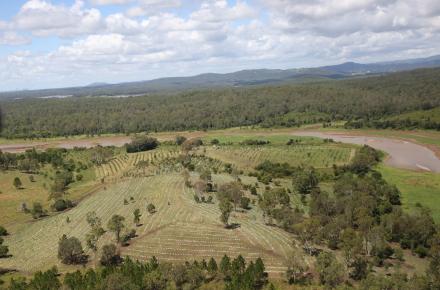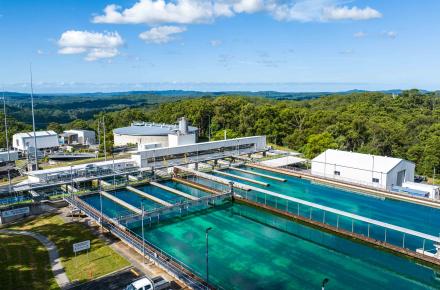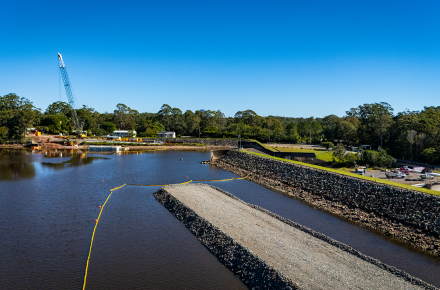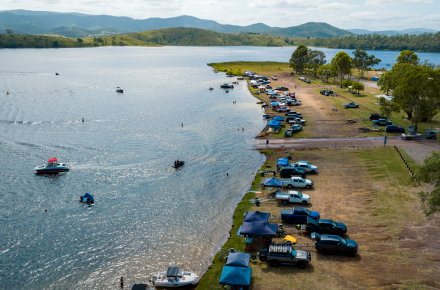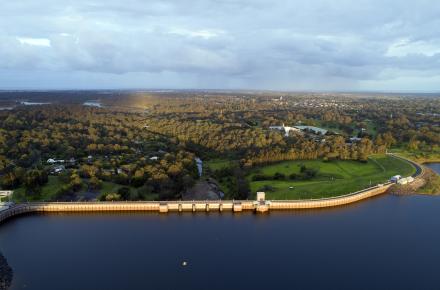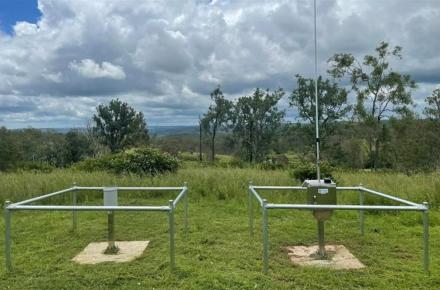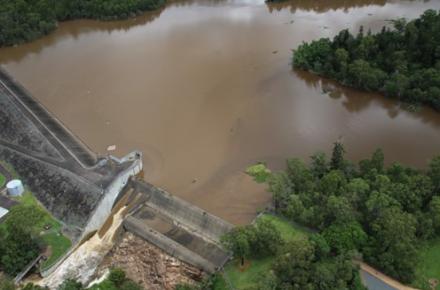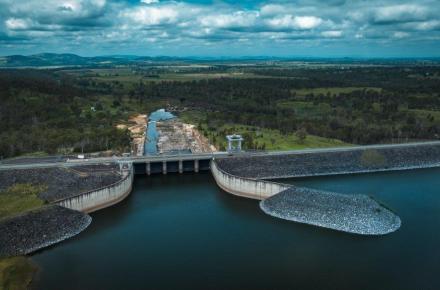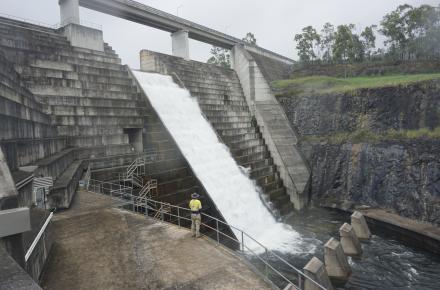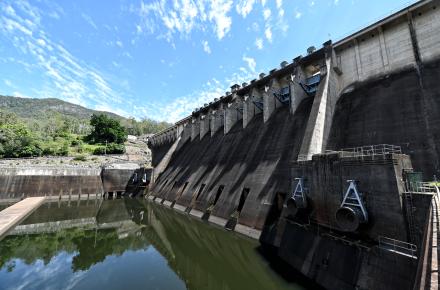South East Queensland’s water use is at a record high this summer following a hot and dry December and January.
Seqwater Chief Executive Officer Neil Brennan said January’s average water use was the highest since the Millennium Drought broke more than a decade ago.
Over January water use peaked at an average of 239 litres per person per day. The previous highest record was 219 l/p/d recorded in January 2013.
“The increase represents almost 70 litres a day extra than the average 170 l/p/d since the Millennium Drought broke,’’ Mr Brennan said.
“We have certainly seen water use increase over a hot and dry summer, but this is a significant jump in consumption and timely reminder for people to think about how they use water.
“In a climate like SEQ it just makes good sense to be water wise.’’
Over January across SEQ, Redland water use peaked at 263 l/p/d, followed by the Sunshine Coast (250 l/p/d), Gold Coast (249 l/p/d), Central SEQ (213 l/l/p) and Scenic Rim (170 l/p/d).
Bureau of Meteorology Acting State Manager Dr Richard Wardle said parts of SEQ saw their driest January on record.
"While there has been record breaking monsoonal rainfall in northern Queensland, including the Diamantina River which flows through the southwest toward the Lake Eyre basin, none of this rainfall will impact water storages in the south east,’’ he said.
“The Bureau rainfall outlook points to a continued trend of below average rainfall over the next three months."
Mr Brennan said the Water Grid’s combined dam levels were currently about 72% capacity and the region’s drought plan was ready to be implemented if required.
Under the plan, Seqwater and the region’s water retailers will introduce a drought readiness phase when Grid dam levels reach 70% capacity.
This phase is about preparing the community for the possibility of drought and encouraging water wise behaviour. Mandatory restrictions will not be required unless dam levels fall below 50% capacity.
Based on current modelling the earliest restrictions could be required is March/April 2020 or after the next wet season.
“If current water use continues and, in the absence of any significant inflows into our dams over the remainder of summer, our drought readiness phase could be implemented as early as late
February or early March this year,’’ Mr Brennan said.
“We still have another six weeks or so of the traditional wet season to go and Seqwater will continue to monitor dam levels and water use as summer progresses.
“We recognise that the weather has been hot and dry and that gardens require more water and pools need topping up.
“Today we are asking community to look at commonsense ways to ensure we are not wasting water, like checking our household plumbing for leaks, not watering in the heat of the day and remembering to put your pool cover on when it’s not in use.
“Any reduction in water use by the community will certainly help delay the need to implement our drought plan and slowdown draw on SEQ dams.’’
Of the Water Grid’s five key storages Hinze (94%) on the Gold Coast and Baroon Pocket (96%) are the healthiest. It was just two years ago that Baroon Pocket dropped to a record low 45% capacity.
Wivenhoe (63%), Somerset (75%) and North Pine (73%) experiencing low inflows so far this summer following a poor wet season the previous summer.
Tips on how to be water efficient are now available at www.seqwater.com.au or from your water retailer or local council.
For more information about Seqwater and SEQ’s drought plan visit seqwater.com.au.
